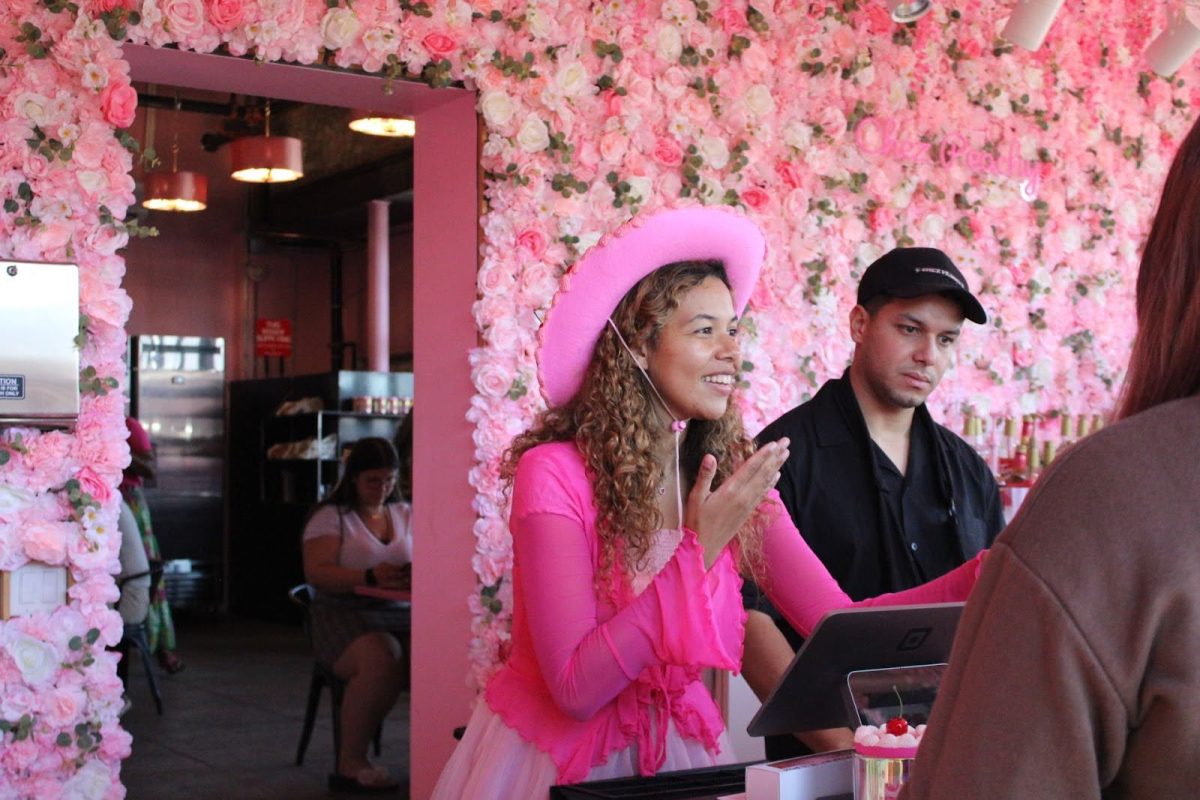The United States has exported Coca-Cola, “”Baywatch”” and its army across the globe, but the newest American trend gone global seems to be attending an Ivy League school.
This week, The New York Times profiled a prep school in Seoul, South Korea, where scarily dedicated students fret over SATs and admission essays as fervently as their American counterparts. The difference: The South Koreans are beating American high-schoolers at their own game.
This spring at the Daewon Foreign Language High School all but a few members of the 133-person graduating class were admitted to highly selective American universities. The unusual success rate of international schools like this one is particularly interesting when contrasted with the outrageous selectivity of domestic college admission. A swell in population has resulted in the largest group of graduating seniors in American history, a number that isn’t even expected to peak for another two years.
Elite schools like Harvard and Yale routinely reject over 90 percent of their applicants, many of whom are valedictorians or have perfect scores on their SATs.
But for the vast majority of college-bound students, perfect grades and impressive hobbies are the least of their worries. Soaring tuition costs and a sluggish economy mean that financial worries end up bursting many a qualified student’s ambitious bubble. With so many qualified students being so roundly rejected from universities, and admitted students emptying their wallets in pursuit of their degrees, one has to wonder: Are elite universities becoming too elite for American students?
There are several factors that produce this dichotomy of too many qualified American students and the high admission rates of international applicants. For many universities, the desire to encourage diversity and foster a positive global academic environment leads to admission of international applicants. Proposals like the Ward Connerly Initiative currently in our state legislature would put an end to racial preferences in the college acceptance process, making the elusive quest for “”diversity”” an invalid reason to accept international students.
The case of these high-achieving international applicants is an example of the admirable desire for diversity proving counterproductive. International students are a crucial part of any campus – especially here at the UA, importing global worldviews and singular cultural experiences. Students like the Daewon prep school graduates, however, are already thoroughly Americanized – they take years of English classes, are taught by American and foreign teachers and shell out $5,000 per year to attend schools with the explicit goal of attending an American university. Their dedication is admirable, and they deserve to compete and be rewarded on merit – but an answer to the grail of diversity they are not.
Indeed, the Americanization of foreign high schools is a trifle troubling on its own. Curricula at these elite schools are built specifically around necessary skills for the SAT and college admissions essays, bringing the noxious educational philosophy of “”teaching to the test”” to classrooms around the globe. American students are roundly mocked at home and abroad as being some of the least-informed and ignorant in the world, and standardizing education across the globe will inevitably result in a loss of creativity and, yes, diversity. Instead of encouraging foreign students to tailor their education to suit the preferences of schools in the U.S., we should be fostering an educational environment in which attending college is a realistic desire for smart, qualified students, rather than the super-rich or superhuman. Factory-made college students shouldn’t be sought abroad or at home, and it’s the responsibility of universities everywhere to make that clear.








